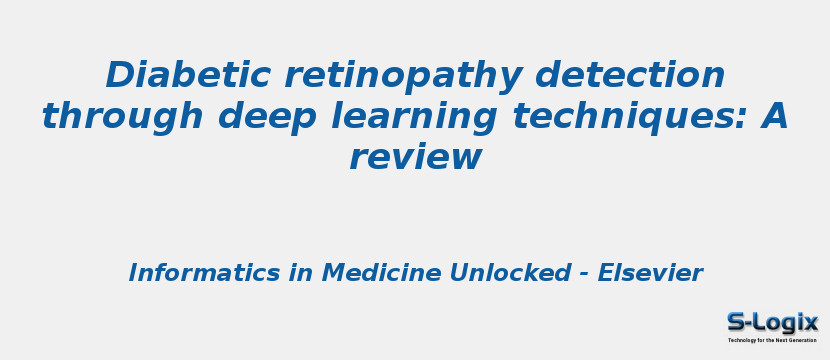Research Area: Machine Learning
Diabetic Retinopathy (DR) is a common complication of diabetes mellitus, which causes lesions on the retina that effect vision. If it is not detected early, it can lead to blindness. Unfortunately, DR is not a reversible process, and treatment only sustains vision. DR early detection and treatment can significantly reduce the risk of vision loss. The manual diagnosis process of DR retina fundus images by ophthalmologists is time-, effort-, and cost-consuming and prone to misdiagnosis unlike computer-aided diagnosis systems. Recently, deep learning has become one of the most common techniques that has achieved better performance in many areas, especially in medical image analysis and classification. Convolutional neural networks are more widely used as a deep learning method in medical image analysis and they are highly effective. For this article, the recent state-of-the-art methods of DR color fundus images detection and classification using deep learning techniques have been reviewed and analyzed. Furthermore, the DR available datasets for the color fundus retina have been reviewed. Difference challenging issues that require more investigation are also discussed.
Keywords:
Computer-aided diagnosis
Deep learning
Diabetic retinopathy
Diabetic retinopathy stages
Retinal fundus images
Author(s) Name: Wejdan L. Alyoubi, Wafaa M. Shalash, Maysoon F. Abulkhair
Journal name: Informatics in Medicine Unlocked
Conferrence name:
Publisher name: Elsevier
DOI: 10.1016/j.imu.2020.100377
Volume Information: Volume 20, 2020, 100377
